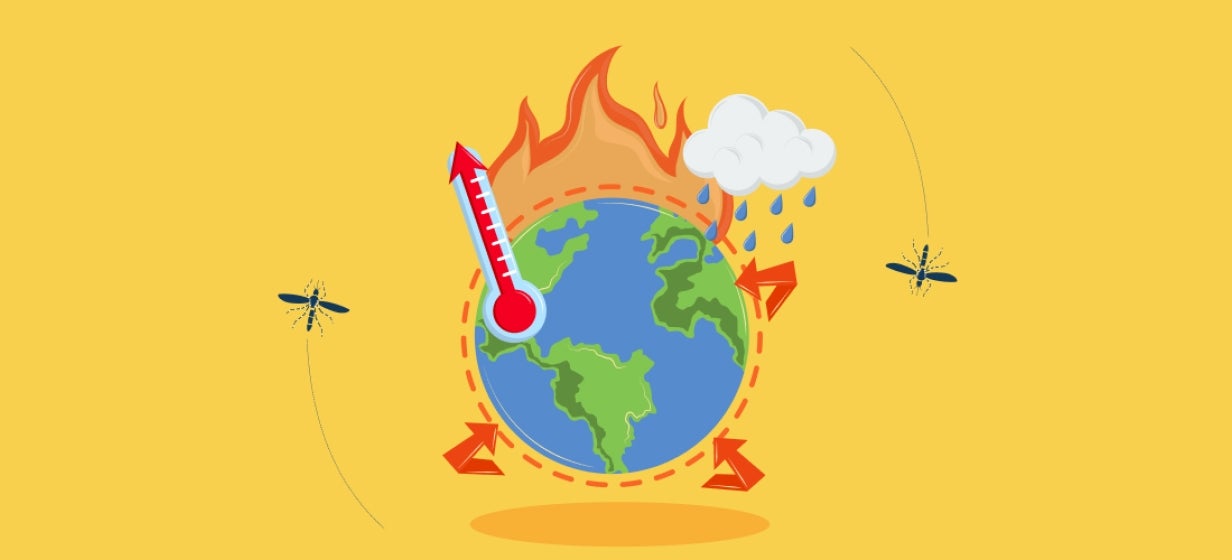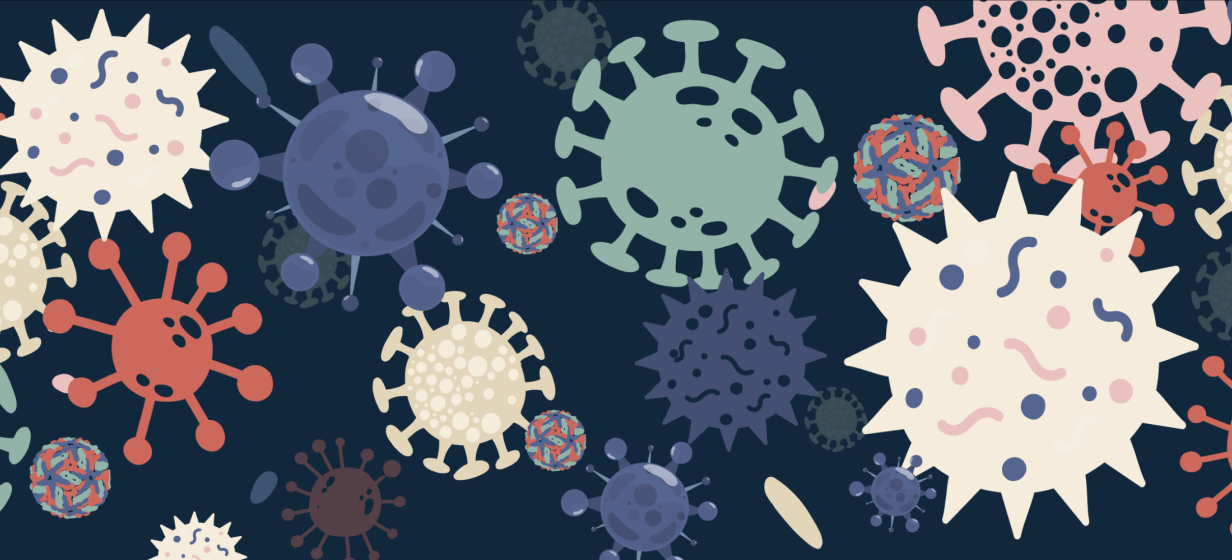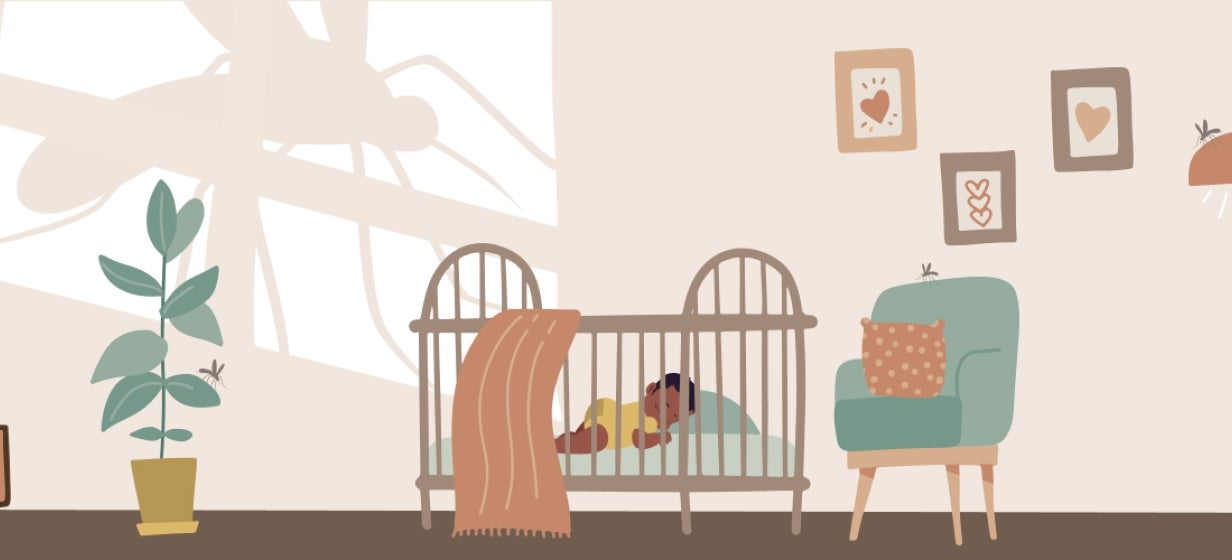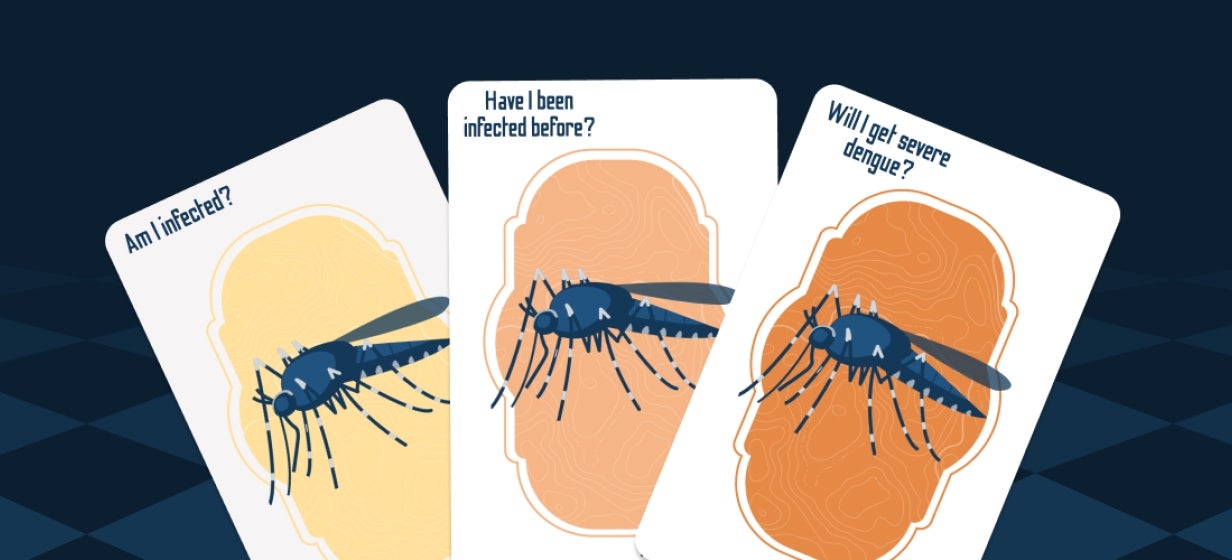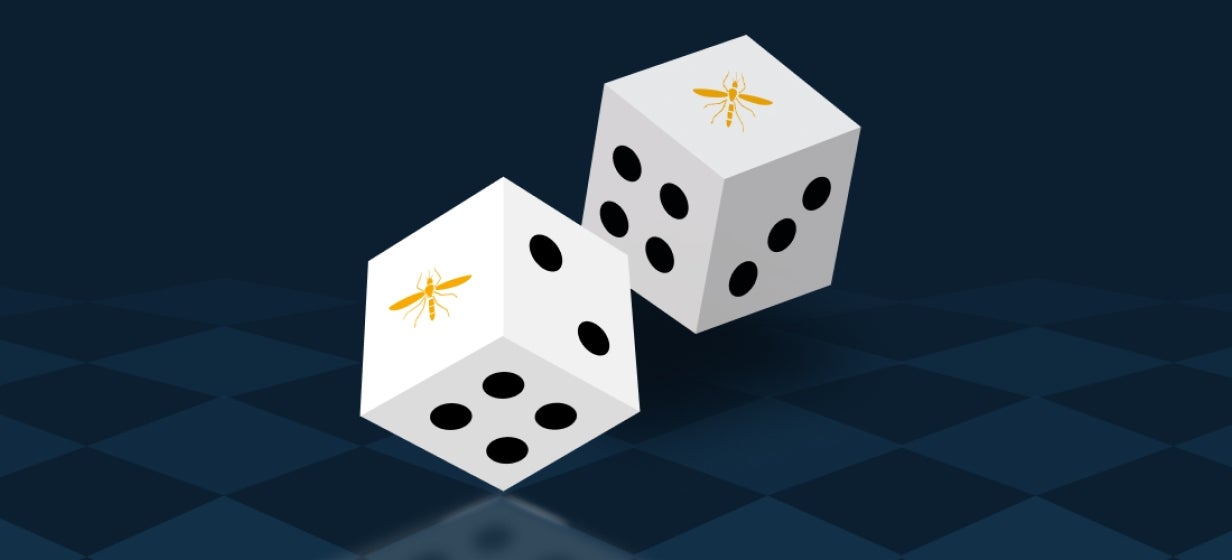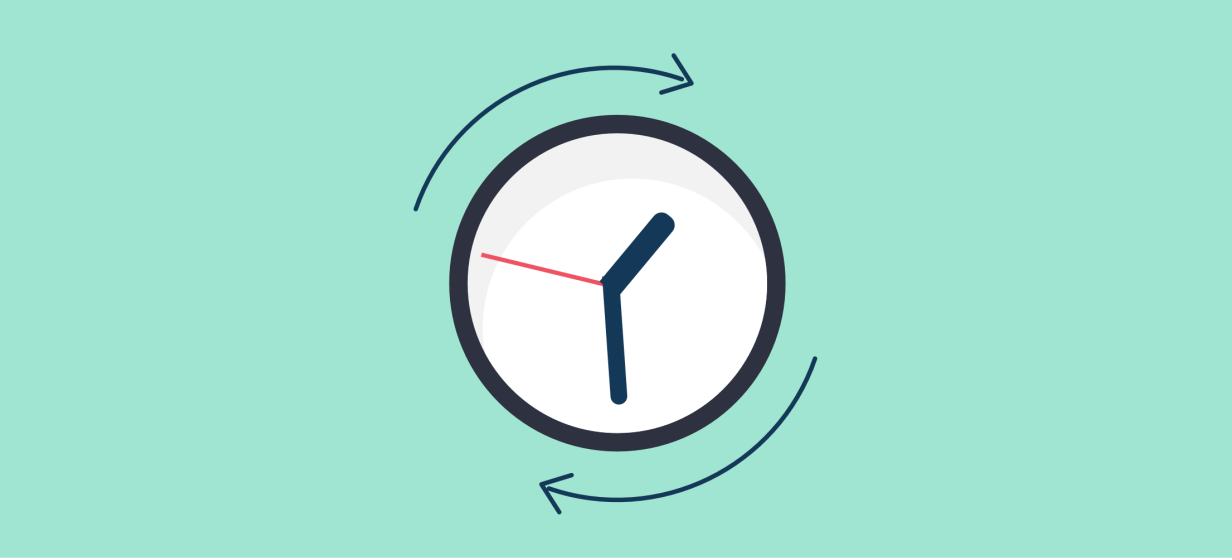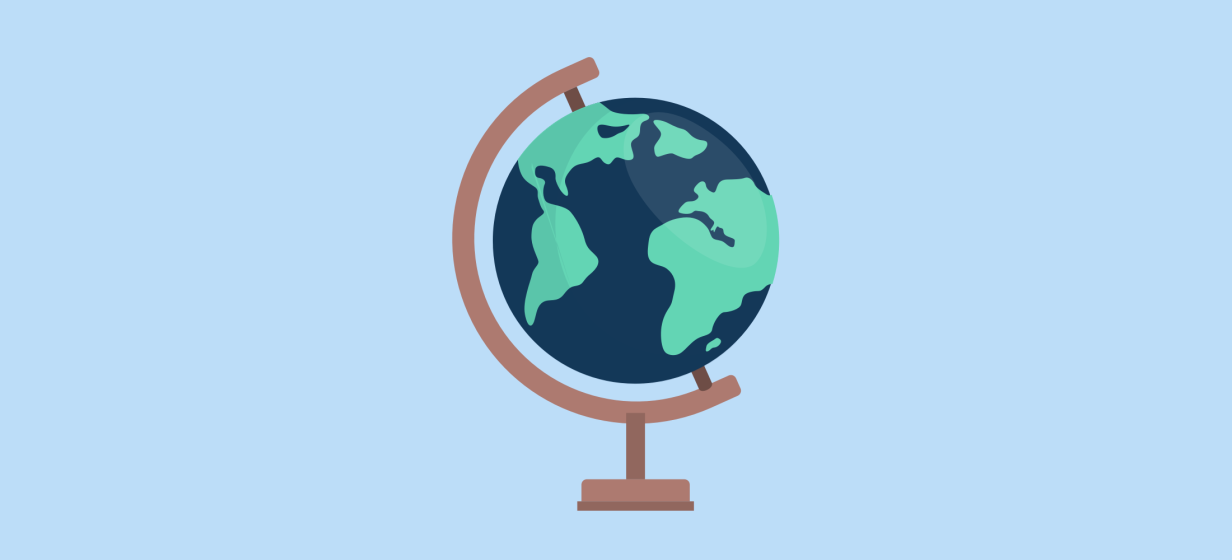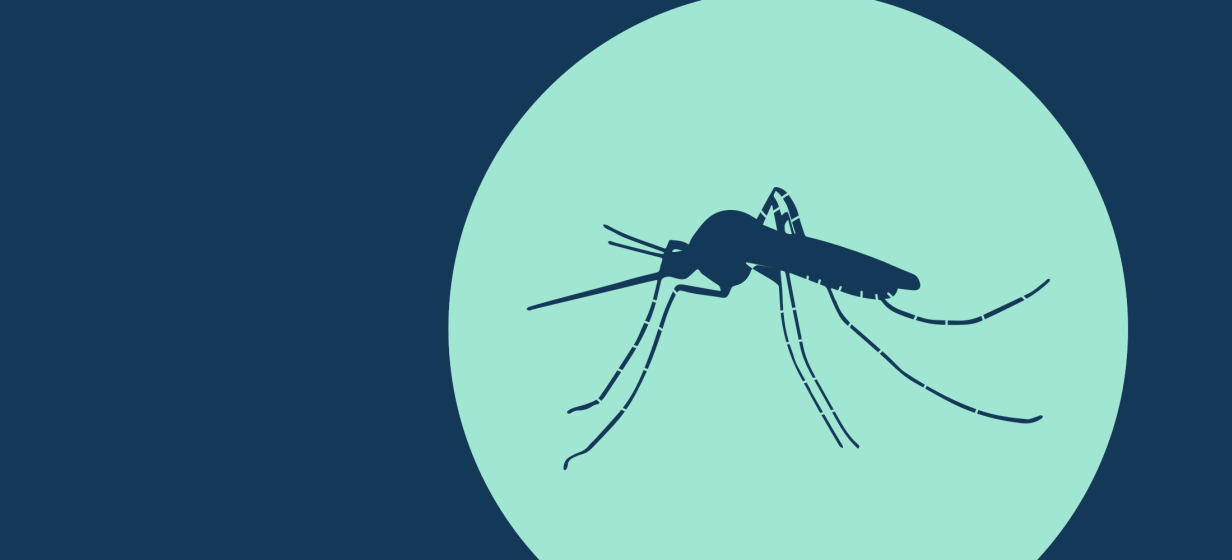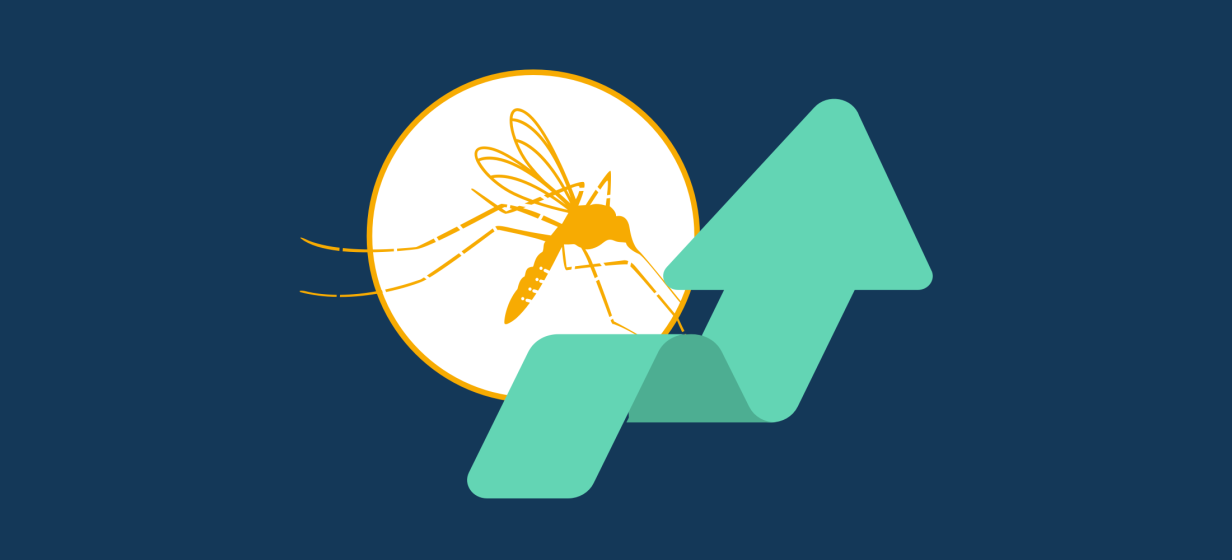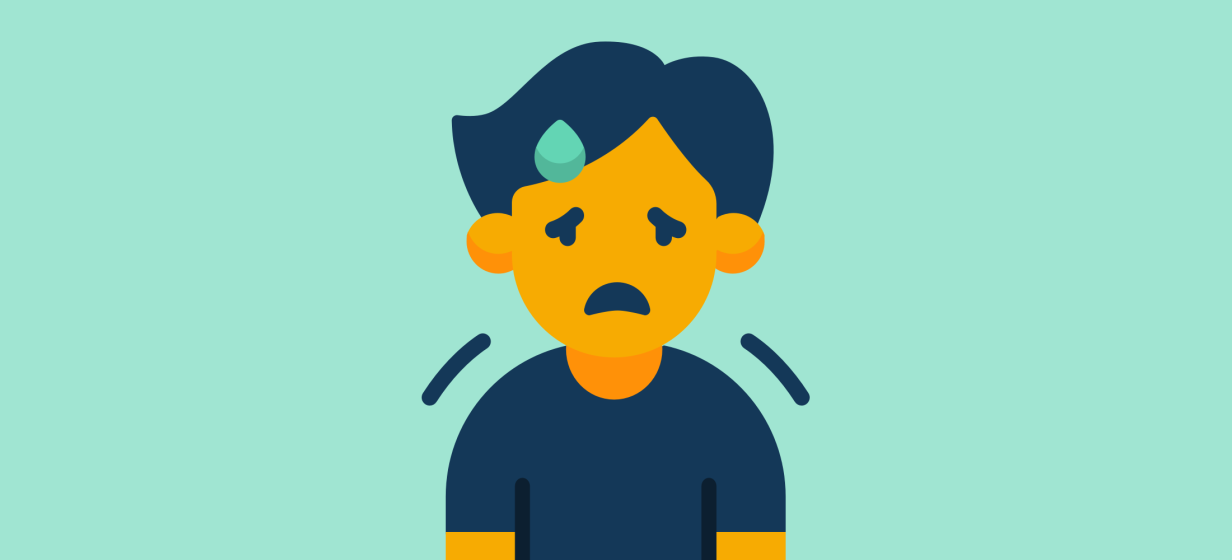The mosquitoes that pass on dengue fever, known as Aedes mosquitoes, may prefer rural or urban/residential areas, depending on which species they are.1 This could mean that growing, more crowded, cities in endemic areas are increasing the rates of dengue.2,3
The mosquito species that mainly live in urban and rural areas can be different:4
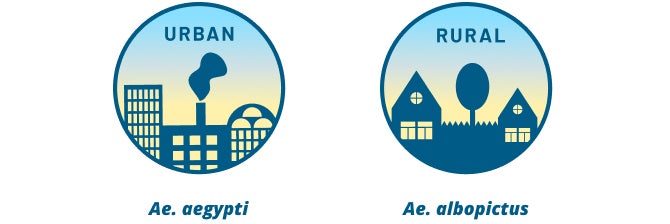
The mosquito's life cycle is divided into four stages, with the initial three stages taking place in water.3Aedes eggs have adapted to urban areas by becoming more resistant to drying out and higher temperatures. As water supplies are readily available in urban areas, residents do not need to store water inside and around the house. So instead, it's possible that the young mosquitoes are using concrete drainage systems as their habitat, as they require clear but not necessarily clean water.1
Containers can become breeding sites for Ae. aegypti mosquitoes.4
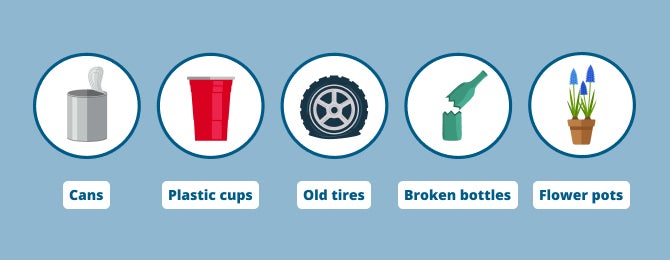
As mosquitoes adapt to urban areas, together with the increasing spread of urbanisation, the number of dengue cases has grown.2,5 What’s more, the heat trapped by buildings increases the temperature in urban areas, which can in turn increase the numbers of mosquitoes. This, alongside the fact that people tend to live close together in cities, all contribute to increasing rates of dengue. In particular, unplanned urban areas can encourage dengue as the poor sanitation, overcrowding population, and deficient infrastructure, favour the spread of Aedes mosquitoes.6
The increased urbanisation of the world is helping dengue expand to new regions.6 More people than ever before need to understand the risk of dengue, and the steps they can take to help protect themselves from this disease.


















